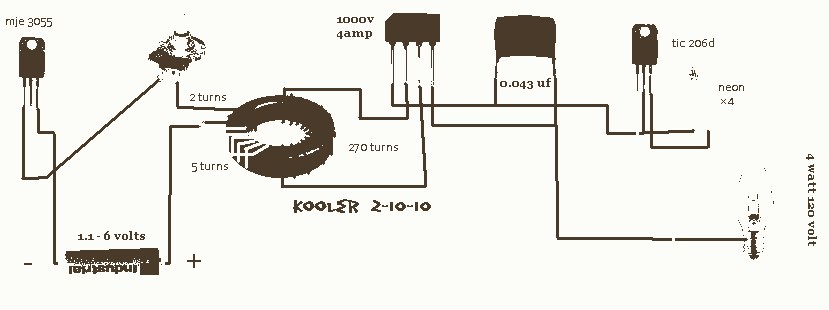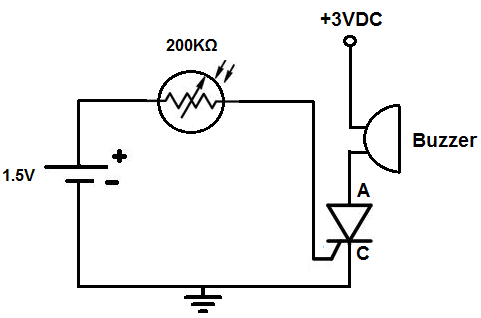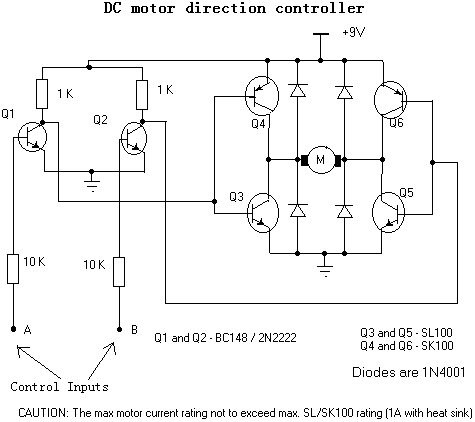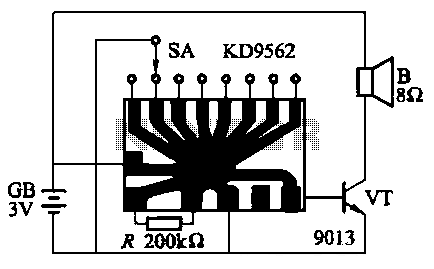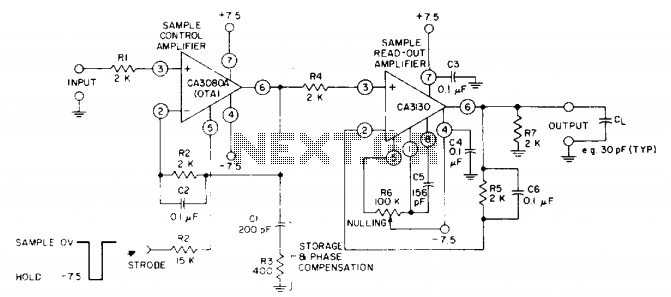
2Y-Y-2 - connection four-speed motor switch control circuit
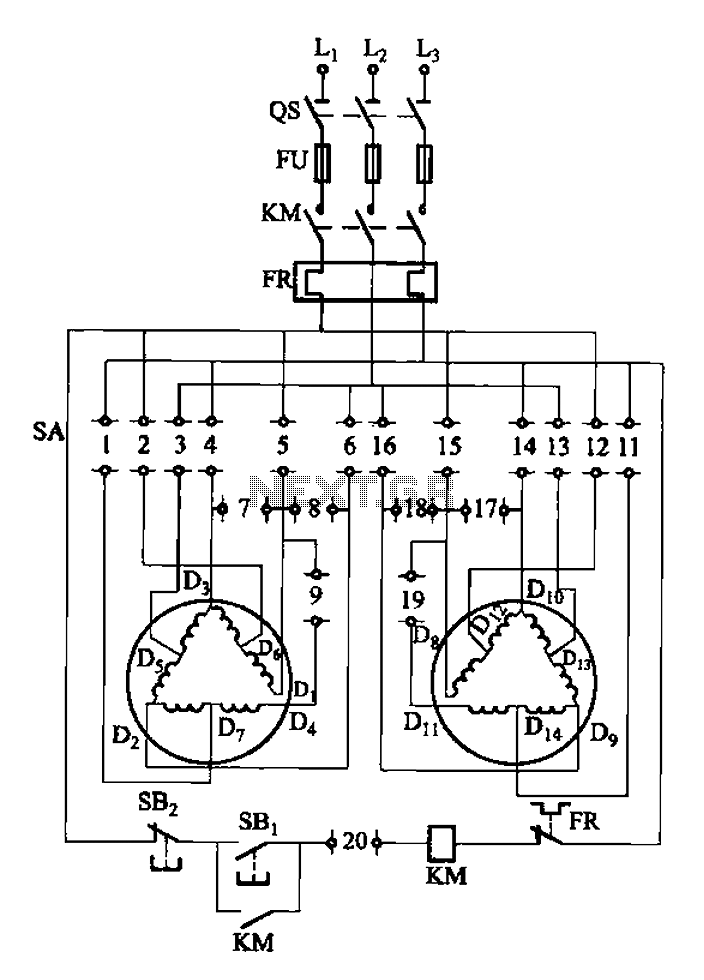
The 3-119 circuit shown in the figure combines switch SA to realize the stator windings, specifically the 2, Y, and 2Y connections, which correspond to the motor speed n1.
The 3-119 circuit is designed to facilitate the control of motor speed through the configuration of its stator windings. The circuit incorporates a switch, designated as SA, which plays a critical role in altering the connections of the stator windings. The options available for the stator windings include configurations such as 2, Y, and 2Y.
In the 2 configuration, the windings are arranged in a series connection, which allows for a specific operational speed. The Y configuration, commonly referred to as the star connection, is utilized to provide a higher starting torque and is particularly effective in applications requiring a smooth start. The 2Y configuration, which combines elements of both the series and star connections, offers versatility in motor speed control, enabling the motor to operate efficiently across a range of speeds.
The selection of the appropriate configuration is crucial, as it directly influences the performance characteristics of the motor. By engaging switch SA, the operator can seamlessly transition between these configurations, allowing for real-time adjustments to the motor's speed n1. This flexibility is essential in applications where varying load conditions are present, and precise speed control is necessary for optimal operation.
Overall, the 3-119 circuit exemplifies a practical approach to motor control, integrating multiple winding configurations to achieve desired performance outcomes.3-119 circuit shown in FIG. By combining switch SA, realize stator windings, 2, Y and 2Y connection corresponding to the motor speed n1
The 3-119 circuit is designed to facilitate the control of motor speed through the configuration of its stator windings. The circuit incorporates a switch, designated as SA, which plays a critical role in altering the connections of the stator windings. The options available for the stator windings include configurations such as 2, Y, and 2Y.
In the 2 configuration, the windings are arranged in a series connection, which allows for a specific operational speed. The Y configuration, commonly referred to as the star connection, is utilized to provide a higher starting torque and is particularly effective in applications requiring a smooth start. The 2Y configuration, which combines elements of both the series and star connections, offers versatility in motor speed control, enabling the motor to operate efficiently across a range of speeds.
The selection of the appropriate configuration is crucial, as it directly influences the performance characteristics of the motor. By engaging switch SA, the operator can seamlessly transition between these configurations, allowing for real-time adjustments to the motor's speed n1. This flexibility is essential in applications where varying load conditions are present, and precise speed control is necessary for optimal operation.
Overall, the 3-119 circuit exemplifies a practical approach to motor control, integrating multiple winding configurations to achieve desired performance outcomes.3-119 circuit shown in FIG. By combining switch SA, realize stator windings, 2, Y and 2Y connection corresponding to the motor speed n1
Warning: include(partials/cookie-banner.php): Failed to open stream: Permission denied in /var/www/html/nextgr/view-circuit.php on line 713
Warning: include(): Failed opening 'partials/cookie-banner.php' for inclusion (include_path='.:/usr/share/php') in /var/www/html/nextgr/view-circuit.php on line 713
